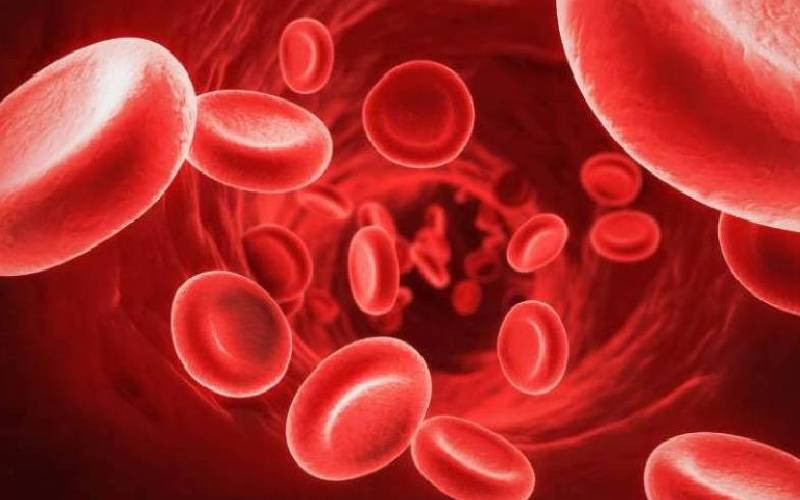
"I thought it was just a bad period," recalls 28-year-old Mercy (not her real name).
"The cramps were unbearable, and I was bleeding, but I brushed it off, thinking it would pass. Then one morning, a sharp wave of pain hit me out of nowhere. I couldn't stand-my entire abdomen was in agony. The next thing I knew, I was in the hospital, with my partner telling me I had collapsed on the floor, unable to move."
Mercy had no idea what was happening. It wasn't until doctors ran tests that she learned she had an ectopic pregnancy-a condition she had never heard of before.
Facts First
This story continues on The Standard INSiDER. Subscribe now for unfiltered journalism that holds power to account.
Already have an account? Login
 The Standard Group Plc is a multi-media organization with investments in media
platforms spanning newspaper print
operations, television, radio broadcasting, digital and online services. The
Standard Group is recognized as a
leading multi-media house in Kenya with a key influence in matters of national
and international interest.
The Standard Group Plc is a multi-media organization with investments in media
platforms spanning newspaper print
operations, television, radio broadcasting, digital and online services. The
Standard Group is recognized as a
leading multi-media house in Kenya with a key influence in matters of national
and international interest.











